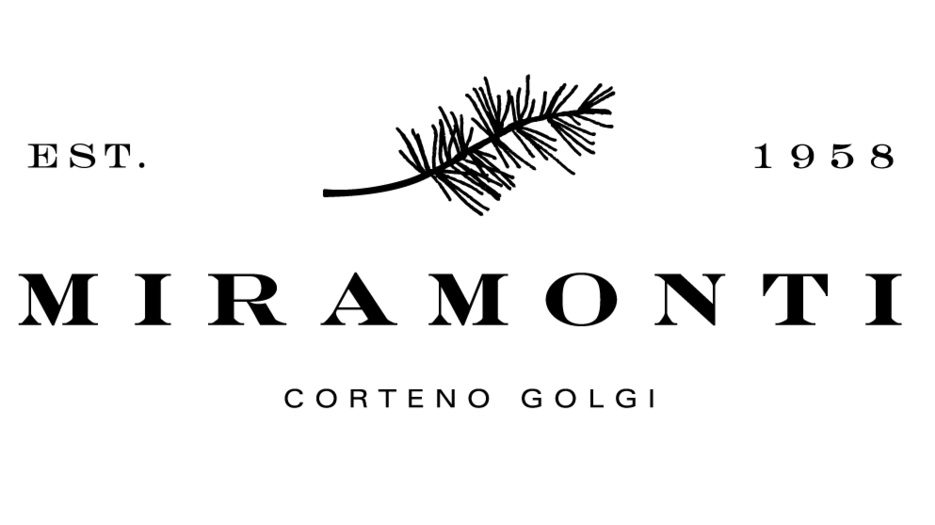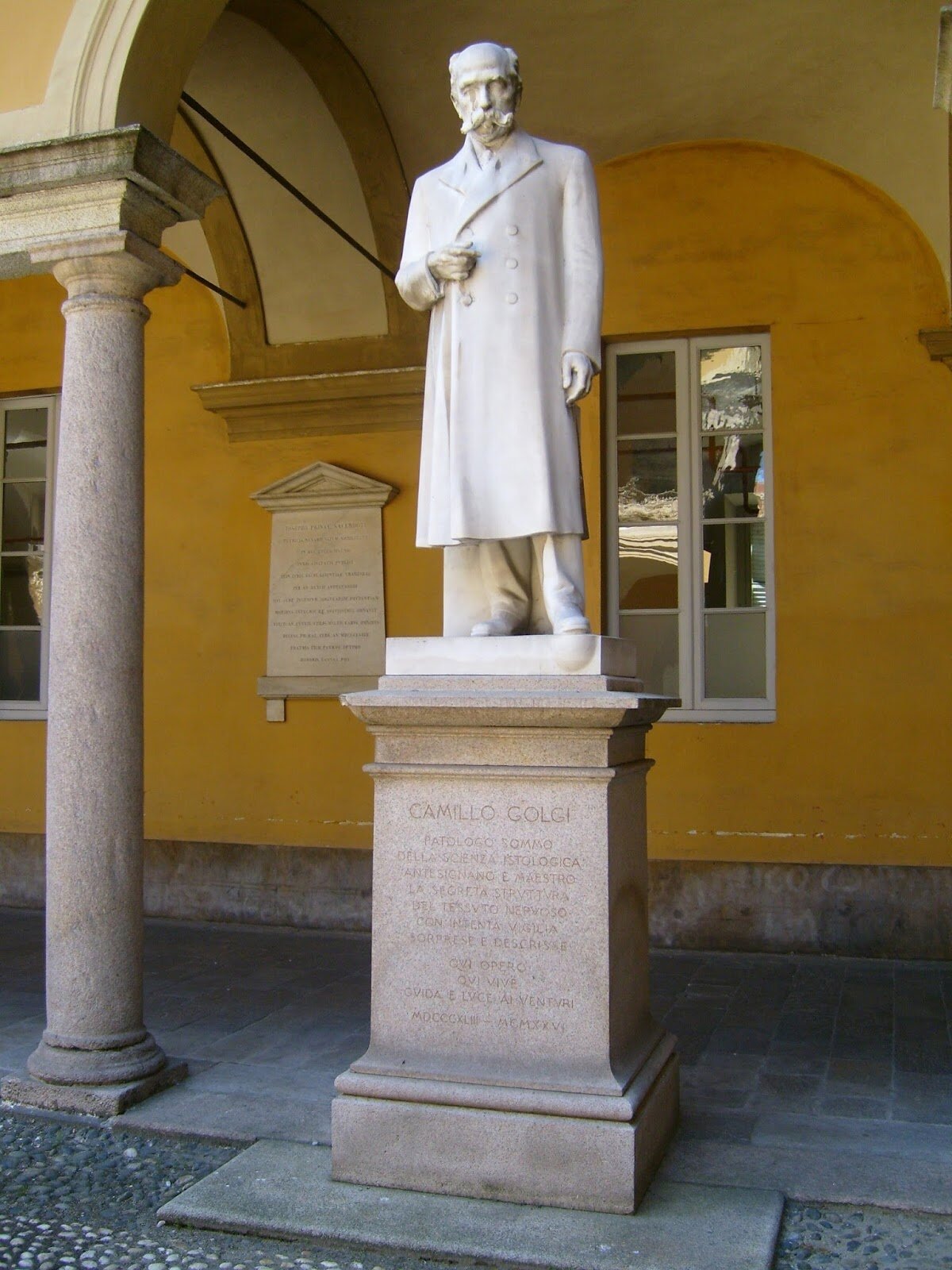Camillo Golgi: Pride of the Corteno Valley
Located in the North of Italy, in the Province of Lombardy, there lies a little town named ‘Corteno Golgi’. The area is gifted in natural beauty, with the Italian Alps appearing on the horizon along with the gorgeous forests adorning the landscape. The town is home to just under 2,000 people - tiny but beautiful. Our hotel, Miramonti is found here, with many tourists and locals staying for the variety of Alpine activities that can be done here. But did you know? A long time ago, it was just known as the town of ‘Corteno’? Thanks to the world-renowned name of a certain scientist, the town has acknowledged him as their pride and changed their name to dedicate it to the man himself.
CAMILLO GOLGI & HIS NOBEL PRIZE
A dedicated scientist, Nobel prize winner and a father, Camillo Golgi was born in the town of Corteno on the 7th of July 1843. He grew up around Val Camonica, where he would enjoy the natural beauties of the Alpine forests and run around beside the glacial buttercups. He decided to follow in his father’s footsteps and enrolled as a student in the University of Pavia in the aim of becoming a doctor. The man had a passion for science, graduating with about 97% in his studies! As soon as he finished, he took up various roles in different institutions, building up his database of knowledge and getting involved in the cases like the cholera epidemic in Italy. At one point, he developed an interest in pathological science and studied under Cesare Lombroso and Giulio Bizzozero, in which he had learned to do experimental microscopic studies of the nerves . It was clear that he had now developed a passion for pathology, and continued to study it for many years.
In 1876, Golgi became the chair of Histology at the University of Pavia of which he then became a senior official of the University. Between the 19th and 20th centuries, he and his lab became internationally recognised by various awards and institutions in Paris, Petersburg, Berlin, New York, Vienna and London. At some point in his career, he discovered the “black reaction” or the “Golgi method” which was a revolutionary technique to colour the cell and its extensions. Allowing scientists to visualise the cells in a whole new way, he discovered networks and the complexities within the cell that have never been found before. Thanks to his discoveries and methods, it became a primary contributor to the development of the cure of malaria. In 1906, Camillo Golgi received the Nobel Prize for Medicine with his Spanish colleague Santiago Ramòn y Cajal, which caused an influx of prospective students who wanted to study in the University of Pavia.
MUSEO GOLGI
Once Golgi received the Nobel Prize, he continued his commitments with science and politics. Notably, he gave his full effort to develop his homeland in Corteno, helping to establish the railway for Edolo-Aprica-Tirano. He loved his hometown so much that when he got married, they retreated to the Corteno Valley to have their honeymoon there. As Golgi did, we love our town and all the other areas surrounding it. In 2006, to celebrate the 100th anniversary of the Nobel Prize, the town inaugurated a museum dedicated to the man himself - transforming the old town hall into a historically and culturally significant building. Being located only a few metres from where the man was born, the municipality of Corteno Golgi is partnered with the University of Pavia to commemorate Camillo and his discoveries. You will find a reconstruction of his laboratory, where original instruments, photographs and documents are kept here, while there is also another room which holds special screenings.
Want to visit the town that Golgi loved so much? Stay at Albergo Miramonti where you can Hike in the Alps, enjoy our Hotel Spa and even relax in our Cigar Lounge.




